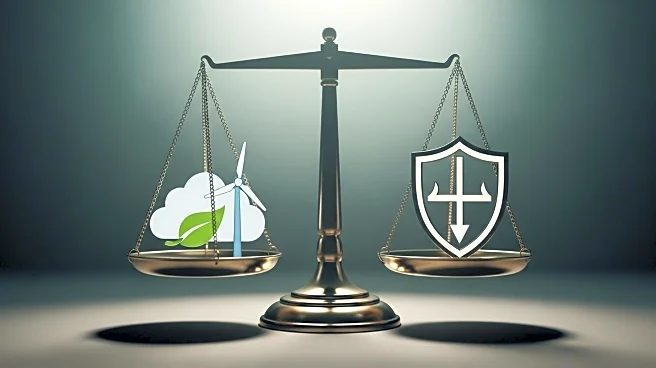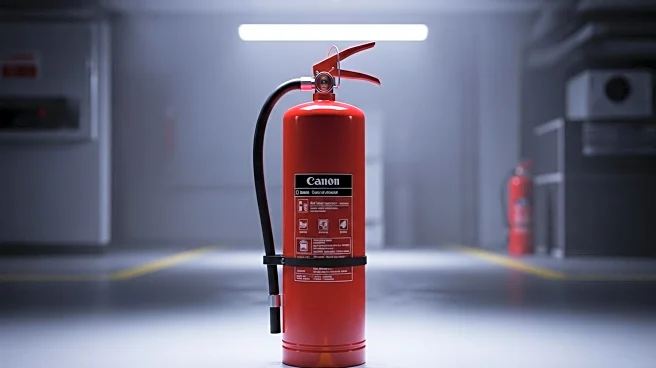What is the story about?
What's Happening?
The Environmental Protection Agency (EPA) has withheld the list of hazardous materials involved in the Smitty's Supply fire in Tangipahoa Parish, citing concerns over 'confidential business information.' The fire, which occurred on August 22, resulted in oily residue covering nearby homes and businesses. Cleanup efforts have recovered 5.6 million gallons of contaminated material. Despite repeated requests for transparency, the EPA has not disclosed the specific chemicals involved, pending clearance from Smitty's Supply. The agency has adjusted pollution levels for the incident, stating no imminent danger to the public, although concerns about transparency and public safety remain.
Why It's Important?
The withholding of chemical information by the EPA raises significant concerns about transparency and public safety. The incident has already led to substantial environmental contamination, with cleanup costs exceeding $39 million. The lack of disclosure prevents accurate assessment of health risks to the local community, which may include exposure to toxic substances. This situation highlights the tension between corporate confidentiality and public health, potentially affecting regulatory practices and community trust in environmental oversight.
What's Next?
The EPA is awaiting a response from Smitty's Supply regarding the confidentiality of the chemical list. Meanwhile, cleanup efforts continue, and the agency may face increased pressure from environmental groups and the public for greater transparency. The situation could lead to policy discussions on balancing business confidentiality with public health needs, potentially influencing future regulatory frameworks.
Beyond the Headlines
The incident underscores the ethical dilemma of prioritizing corporate confidentiality over public health transparency. It may prompt legal and policy reviews regarding the disclosure of hazardous materials in environmental disasters. Long-term, this could affect how agencies handle similar situations, potentially leading to stricter regulations and increased public access to environmental data.
AI Generated Content
Do you find this article useful?















